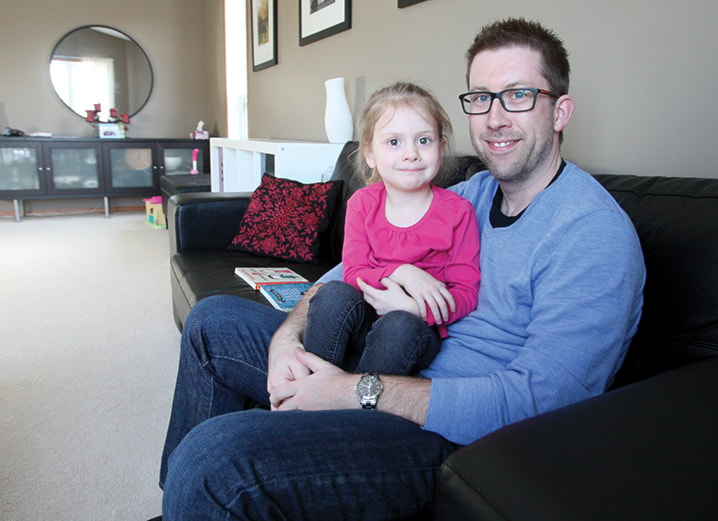This year, STARS air ambulance will find out what its two new bigger and faster helicopters can do.
On Feb. 5, the Shock Trauma Air Rescue Society started day flights with its newest AW139 helicopter from its Calgary base. A few weeks later, it was also in the air at night.
The Edmonton STARS base began flying its AW139 last August.
“We’ll be able to look back with both the helicopters in full operation throughout the year and look at the statistics and analyze the benefits,” Cam Heke, STARS spokesperson, said Tuesday.
Heke said the new Calgary copter was supposed to arrive last summer, but was delayed until October, then training was required.
The AW139 flies at about 278 km/h, about 20 per cent faster than their smaller BK117 helicopters.
Heke said with quicker capability, STARS is already seeing more calls for service.
“(AW139) also allows us to fly in more difficult weather. It’s got a de-icing capability, which our other aircraft do not have.”
Two patients can fit in the AW139, while the BK117 typically handles one.
He said the big red AW139s are easier to spot in the sky.
“We tweet most of our missions so the general public, if they are ever curious, they can follow our Twitter feed.”
In 2013, STARS responded to 1,688 calls from its three bases in Edmonton, Calgary and Grande Prairie.
Red Deer was the most frequent STARS destination with 61 flights, followed by 40 flights to Lethbridge.
In recent years, Red Deer and Lethbridge hospitals have taken turns having the most visits from STARS.
Heke said both cities are hubs for patients in their surrounding areas. But Red Deer is unique because helicopters from both Edmonton and Calgary can respond.
“If one of our bases is out on a call somewhere because there is some other emergency, we can often still respond because you’re right between the bases.”
Slightly more flights to Red Deer come out of Calgary as Edmonton is a busier base.
He said Red Deer Regional Hospital Centre provides a typical landing for STARS in terms of geography and a clear flight path — which is good since it’s a frequent destination.
Last year, 68 per cent of STARS flights were to health facilities around Alberta and 37 per cent went straight to incident scenes, like a highway, remote worksite or open field. Emergency personnel throughout the province, mostly firefighters, are trained to assist in landing at scenes.
Traumatic injury accounts for 49 per cent of STARS calls and 51 per cent are other medical calls.
Apart from patient transportation, five per cent of flights are for search and rescue. STARS pilots have night vision goggles and helicopters are equipped with large spotlights to assist police and others.
Andrew Towers and Christina Gagne (who died in 2013), of Red Deer, were glad in 2010 that STARS helicopters came so prepared.
On April 20 of that year, their daughter Gabriella was born in Red Deer at 29 weeks old, weighing only 1.35 kg (three pounds). Her lungs weren’t fully developed and she was flown by STARS to Calgary Foothills Hospital.
Towers said the STARS flight crew had a calming affect as soon as they entered Red Deer’s special care nursery.
“They came in with their helmets and flight suits and just took over. It was very clear they knew exactly what they were doing and highly specialized,” Towers said.
He said it never occurred to him that the crew would include a respiratory therapist and neonatal intensive care nurse specifically to assist their daughter.
Towers, owner of HearWell Audiology Clinics Inc., is raising money for STARS this month at his business in celebration of Gabriella’s fourth birthday.
About 70 per cent of STARS $30-million operating budget in Alberta comes from fundraising and donations, including the STARS Lottery.
szielinski@www.reddeeradvocate.com
